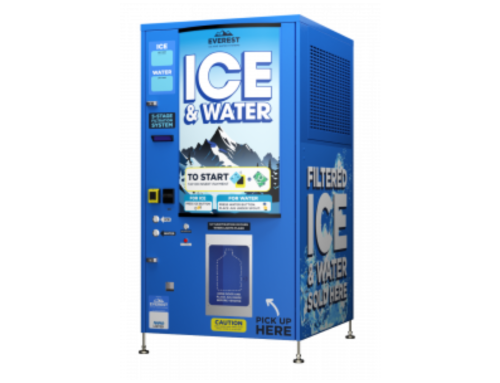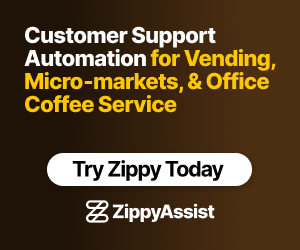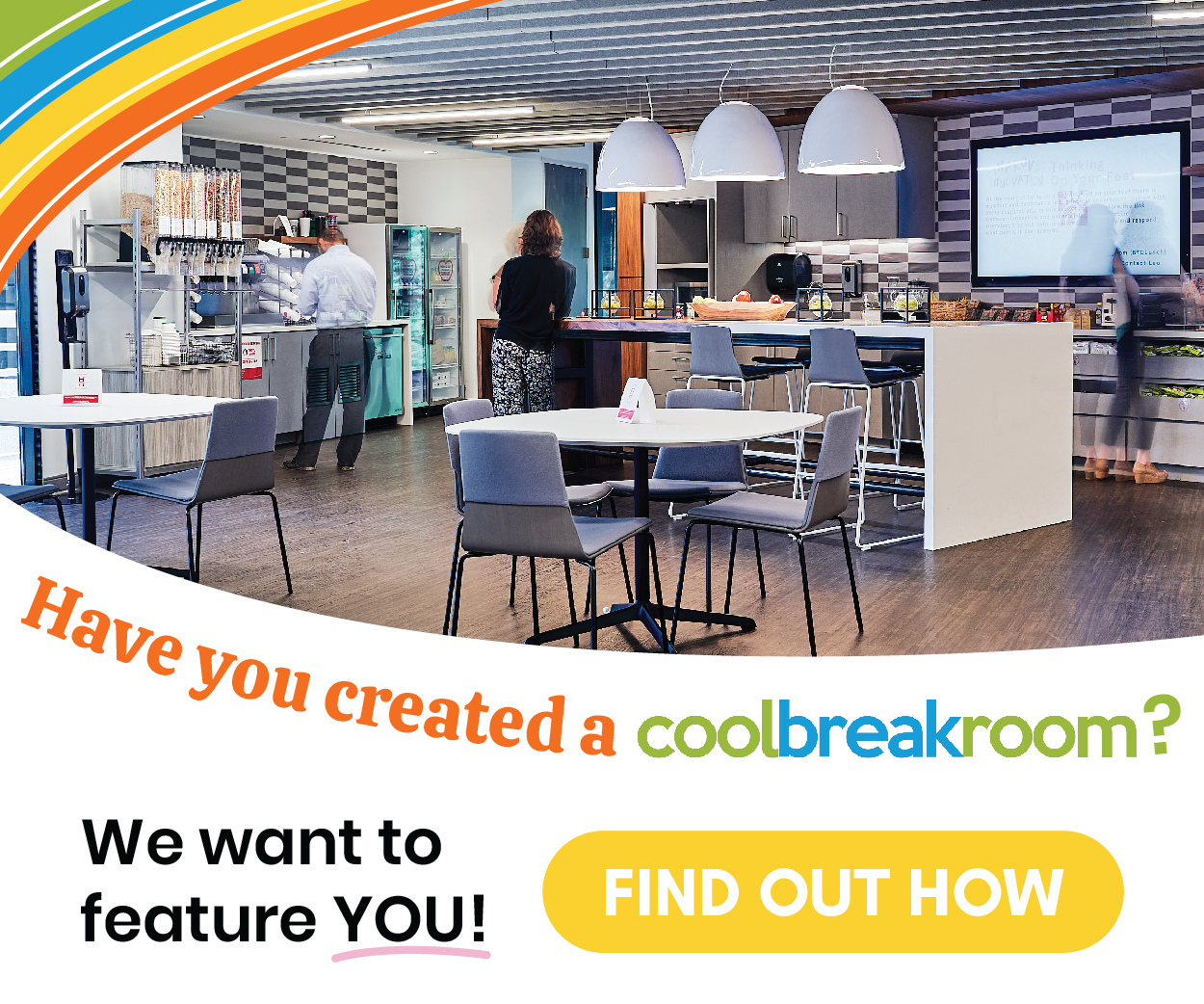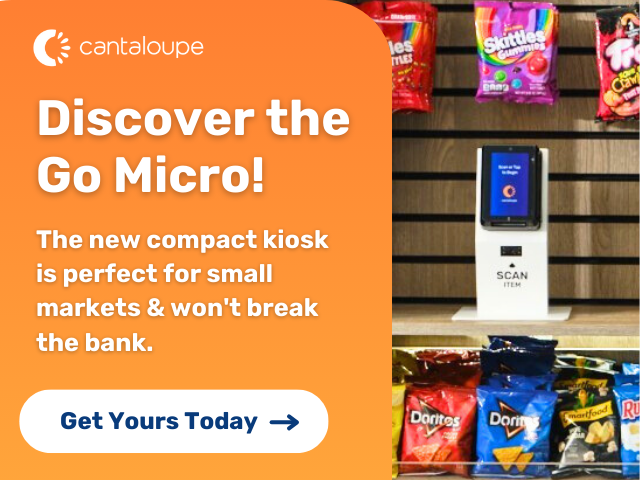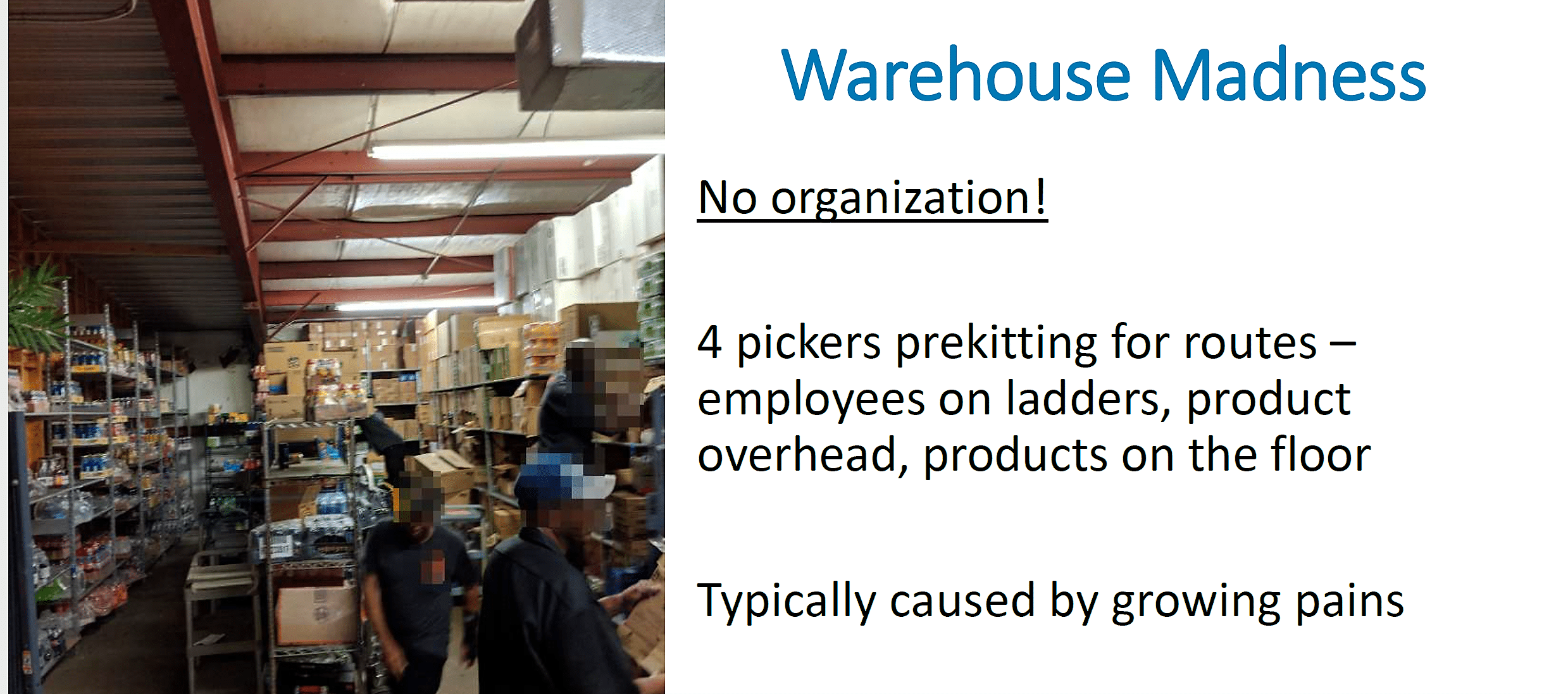 Is a warehouse picking system necessary? At what point in the growth of a vending business does it make sense to invest in one?
Is a warehouse picking system necessary? At what point in the growth of a vending business does it make sense to invest in one?
Vending operators are recognizing the importance of investing in technology, but they often find it difficult to know how to begin the journey. To address this challenge, a panel of speakers at this year’s National Automatic Merchandising Association show in Las Vegas offered insight into how operators can address this challenge.
Panelist Mike Ferguson, the owner of VMAC Solutions, a vending consultancy and an authorized LightSpeed Automation representative, cited deploying a warehouse picking solution as one of the four main steps to leveraging technology for a better return on investment.
Those four steps are:
- Choosing the right vending management software,
- Installing credit card readers with telemetry,
- Prekitting the routes, and
- Deploying a warehouse picking solution for picking orders.
Most of Ferguson’s presentation focused on the importance of prekitting routes and deploying a warehouse picking system.
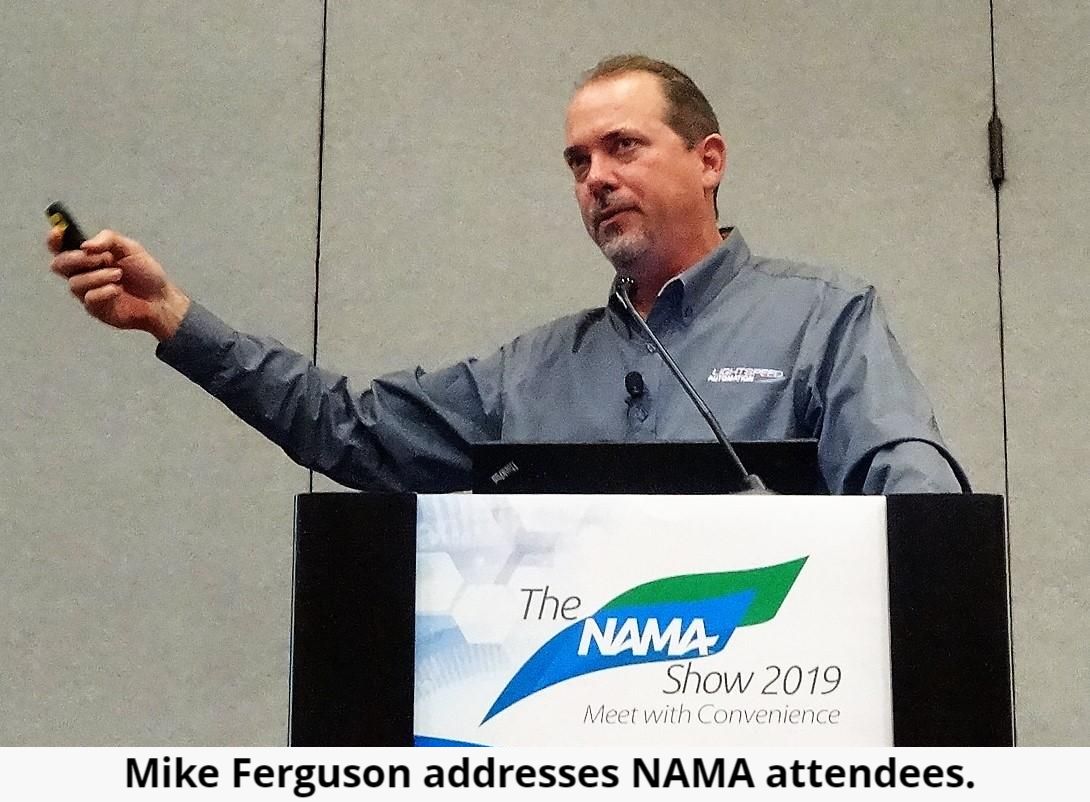 Prior to getting into the meat of this subject, Ferguson noted the importance of installing shelves in the truck to hold product. Shelving, which is available from a hardware store, is also necessary once the totes are prekitted in the warehouse. Without shelving, it is hard for the route driver to find the products in the truck when servicing a customer.
Prior to getting into the meat of this subject, Ferguson noted the importance of installing shelves in the truck to hold product. Shelving, which is available from a hardware store, is also necessary once the totes are prekitted in the warehouse. Without shelving, it is hard for the route driver to find the products in the truck when servicing a customer.
He showed a picture of the inside of a truck with shelves for totes and drinks in designated areas. The drink cases, which are heavier, were on the lower shelves while the totes, which are lighter, were on the upper shelves.
To prekit totes efficiently, Ferguson said a warehouse picking solution is needed. He showed a picture of four pickers in a warehouse without a warehouse picking solution. The scene showed pickers moving in different directions in a disorganized manner.
A warehouse fulfillment solution will allow a picker to pick product for four to six machines or micro markets at one time versus just one machine at a time, he said. It also eliminates the need for paper orders.
When using a warehouse fulfillment solution, it is possible to use the existing shelving in the warehouse. Some operators, however, prefer to use carton flow shelving, he said. Warehouse technology providers claim carton flow shelving can increase product capacity in a given amount of space.
Ferguson showed a picture of a carton flow shelving system, which included sloped shelves that improved product visibility for pickers. The picture also included a conveyor positioned next to the shelving.
The warehouse fulfillment solution will allow the warehouse to map the picking sequence based on how the inventory is organized in the warehouse, Ferguson said. The heavy items can be picked first and the lighter items placed on top.
The warehouse fulfillment solution integrates with most VMS and micro market software systems and reports inventory shortages to the VMS or micro market software, he said.
Once the business has expanded to five routes, Ferguson suggested it invest in a pick-to-light picking system, which allows more products to be picked with fewer employees. The pick-to-light system allows the warehouse to set whatever number of an item it wants picked from a bin, he said. It takes five minutes to train a new employee to use the system.
Ferguson showed a picture of a pick-to-light system, which includes a line of lights on the shelf below every row of product bins the picker is picking from. Each light alerts the picker how many products to pull from the bin. The picker does not have to pick from a pick list.
The pick-to-light system will enable an employee to pick product for an entire snack machine in less than two minutes, Ferguson said.
The next step is to do a warehouse makeover. The manager can draw a layout of the warehouse showing where the product bins are located and the path that the picker follows from one bin to the next. The picker’s movement is shown in arrows. The drawing also shows the loading area where the driver picks up the assembled totes after the products have been picked.
Drawing the warehouse layout this way can save mistakes in ordering shelving or in not planning correctly, Ferguson said.
Picking solutions exist for different size operations, Ferguson said, including apps designed for one- and two-route operations.
Vending companies that are growing often forget about the “back end” of the business – the warehouse, he noted. Operators that don’t take control of the warehouse will continue to struggle with cost of goods, labor costs and inventory shortages.
For more information visit http://www.lightspeedautomation.com
By Jeff Adair, Editor
![]() Vending Technology News | More News | Vending Newsletter sign up | Questions? Contact us | email press release
Vending Technology News | More News | Vending Newsletter sign up | Questions? Contact us | email press release
Also see: Software Companies | Technology Companies | Micro Markets | Cashless Vending | Distributors | Classified Ads | Routes for sale | Vending Companies USA | Home |
VENDING YELLOW PAGES DIRECTORIES:
Call us at 1-800-956-8363, POST YOUR COMPANY, GET NEW BUSINESS!




